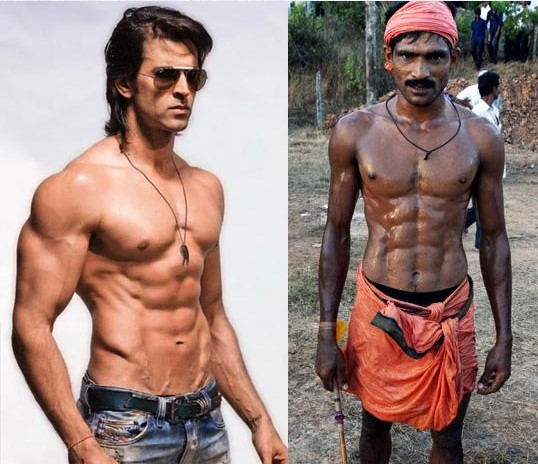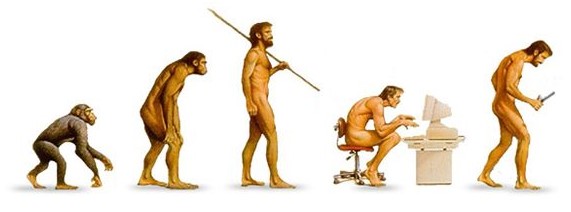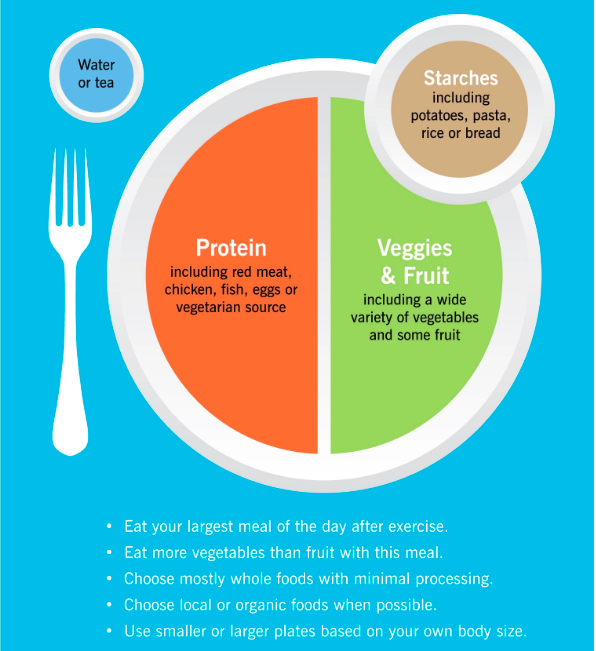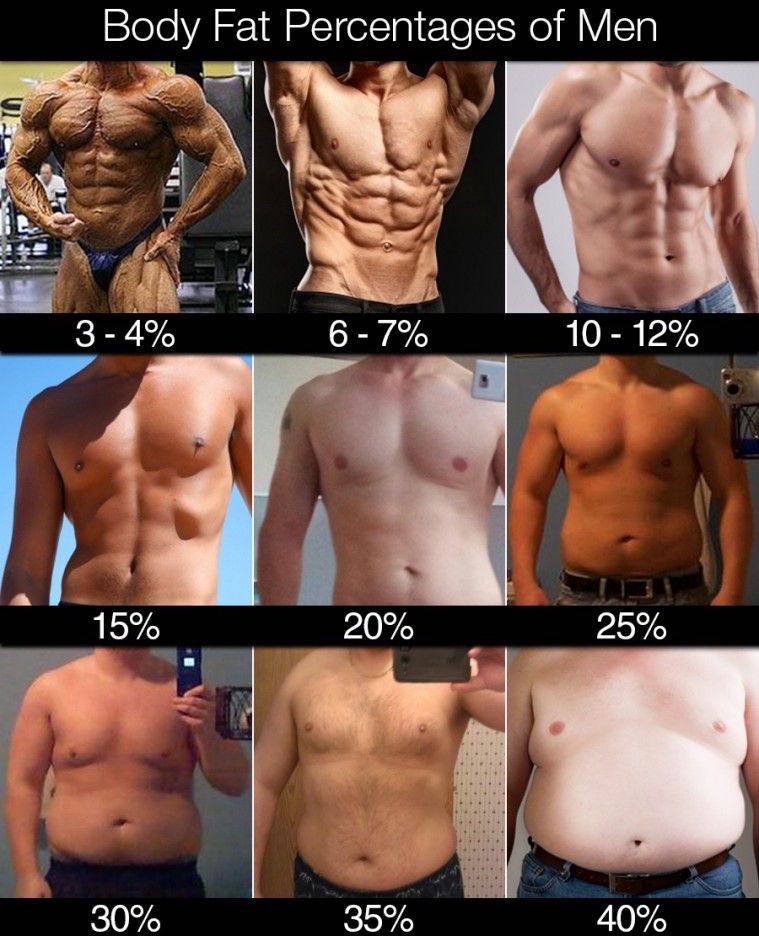
Why are villagers and labourers in India often leaner and healthier looking than the people living in cities and towns?1https://www.theguardian.com/cities/2014/sep/30/india-urban-migration-good-or-bad-health Why do they not only look better(less fat around the abdomen) but also show less prevalence of chronic disease as they get older?
Have you ever seen a fat lion in the wild? Or an obese buffalo? They eat their natural diet but do not become overweight. Why then do Indians who live in cities eating their (mostly) “natural” diet then show signs of obesity?
The difference between these scenarios is that two of these groups have a diet that is in harmony with their lifestyle. One does not. Us.
And unless you have the resources of a Bollywood star, something has to change.

We city-dwellers have continued to eat the energy-dense (and delicious) diets of our ancestors while our lifestyles have changed dramatically compared to our forebears.
For example, even if your grandparents were educated and had desk jobs, they walked, a lot. Their NEAT2https://www.ncbi.nlm.nih.gov/pubmed/12468415 (Non Exercise Activity Thermogenesis) was much higher than ours is today. Meaning they were using much more energy in their day-to-day life. Especially if they were farmers or had other physically intensive professions.
In contrast, we drive or take the bus to and from our offices and schools, where we sit for hours, before heading back only to sit again while we enjoy our modern digital entertainment. Physically, our lives are pitiful compared to the hardships our ancestors endured. The cost of progress was the quality of our health.

The New Paradigm
If you read the previous article, you now know that our bodies are more resistant to insulin than other populations. The energy we consume tend to preferentially go to our fat cells, especially around our abdomen(as well as hips, thighs, glutes for women) because they are more sensitive to it. This means that our dietary strategy will be focused on eating to Control Insulin Levels.
Remember this is Phase 1 of our overall Transformation Plan. Where we are trying to get down to our “metabolic set point” from which we will reprogram and rebuild. If you haven’t read the previous article do so now.
What does this look in practice? In this phase it means we will be lowering our overall food/energy intake, specifically carbohydrates. Why our beloved carbohydrates? Read more below.
However, if you are ready to get started, then skip to the diet guidelines after the next section.
Coexisting with Carbs

Indians eat a lot of carbs(most people nowadays do).
They always have. We were one of the first cultivators of rice, wheat, and other grain3https://www.britannica.com/topic/agriculture/The-Indian-subcontinent. Add to that all the dietary restrictions from our various religions and cultures4https://link.springer.com/referenceworkentry/10.1007%2F978-94-007-6167-4_518-1 and what else is left to eat?
Carbs did not use to be a big problem. In fact, they were necessary, to fuel our active lives before the onset of cars, TVs, smartphones, desk jobs, etc.
Rice and Roti for Rickshaw Wallas Only
from Dr. Ronesh Sinha
Don’t worry I’m not going to take away all of your precious foods. In fact, in the future my goal is to make it so that you can eat normal amounts of your favorite meals and stay lean, muscular, and healthy.
If you remember correctly, we will do this by first getting you to what I call your “metabolic base” and then “reprogramming” your body to handle carbs more effectively.
The Strategy
Simple Version:
We’ll start with lowering the amount of carbs, you consume. On top of that, we will make sure they come from good sources.
The easiest way to do this is via portion control. In each meal, we will be cutting down on the quantity of carbs while upping our vegetables and protein-rich foods.
The simplest diet plan for Non-Vegetarians is this:
Eat half the amount of grains(rice/roti) you normally do at each meal, 1.5x – 2x the amount of veggies, and 1.5x – 2x the amount of protein rich foods such as meat, eggs, dairy(cheese, milk, yogurt).
For Vegetarians:
Eat 0 – 1/4x the amount of grains(rice/roti) you normally do at each meal, 1.5x – 2x the amount of veggies, and 1.5 – 2x the amount of protein rich foods such as legumes/pulses, dairy.
In either case, your plate will look something like this:

With these guidelines you will almost always be in a caloric deficit 5Not to mention that changing the macronutrient composition of a diet alone is enough to start reducing visceral aka belly fat https://nutritionandmetabolism.biomedcentral.com/articles/10.1186/s12986-020-00481-9 , meaning you will be using more energy than you take in, and your body will burn your energy reserves(fat) to make up the difference.
The result = fat/weight loss.
Notes:
-Veggie group should exclude potato, sweet potato, squash and any other starchy root vegetables. These will be included in the grain category.
-The more legumes/pulses you eat, the less grains you can eat.
-Vegetarians should add 1-2 scoops whey protein per day, especially if not eating eggs (see upcoming Supplements article)
Regular Version:
This plan is a little more precise than the one above but the general idea remains. Your carbohydrates will not exceed 100g/day for every one hour of vigorous exercise. However, you still do not have to keep track of the exact amount of food.

In practice, this works out to about 2-3 cups of starchy carbs (rice, wheat, potato) per day or 3-4 cups of legumes/pulses. If you are eating both you will have to reduce the amount of pure starchy carbs appropriately. I recommend reducing grains by a 1:1 ratio for every cup of legumes(simplest way) you consume.
In terms of protein and fat, you will want roughly 0.64-0.82 grams of protein per pound of bodyweight6https://mennohenselmans.com/the-myth-of-1glb-optimal-protein-intake-for-bodybuilders/ and 60-80g of fat total. Again no need to track this exactly, with portion control this will happen naturally for the most part.
This is what your total daily food intake should look like following these principles for Vegetarians:
- 2-3 eggs(if you eat them)
- 2-3 cups dairy (cheese, yogurt, milk)
- 0-2 cups grains (rice, roti, potato)
- 2-4 cups legumes/pulses (channa, daal)
- 3-6 cups veggies (salad, sabzi)
- 1 cup of fruit (1 apple, medium banana, mango etc.)
- 1-2 scoops whey protein
For Non-Vegetarians:
- 2-3 eggs
- 400-500g (4-5 servings) meat/fish
- 1-2 servings dairy
- 2-3 cups grains/legumes/pulses
- 3-6 cups veggies (salad, sabzi)
- 1 cup of fruit
Additional Notes:
Add to both of these plans 1-2tsp of cooking fat/oil per meal. No snacks, 3 meals per day.
On this diet, almost any male (females see note) of around average height and weight will lose weight at a sustainable rate and preserve lean mass(especially when also lifting weights).
Counting Calories/Macros

For the numbers inclined, this plan works out to roughly
1700-2000 calories from 100-130g of carbohydrates, 120-140g of protein, and around 80g of fat.
This is enough of a caloric deficit for most overweight South Asian Men around the world to lose weight and not starve while also providing room for customization to your own body/health.
Note: Women will algo get the same results if they adjust accordingly to the portions as per the graphic above.
Caveats:
If you are severely overweight/underweight, tall, short, have special health circumstances or a vigorous lifestyle then more consideration is involved and requires a more personalized approach.
Expectations
On this plan, you can expect to lose up to 4-5lbs in the first few weeks. This occurs rapidly because your body is losing excess water weight due to the loss of glycogen in response to a low carb diet. After that, you should be losing 0.5-2lbs per week until you get to your “metabolic base“, where your abdominal musculature is partially visible. This will be around 11-12% BodyFat for Males and ~18% for Females.

At this stage you will(likely) still have significant amounts of fat around your lower abdomen and that’s when we start Phase 2. To attack our last reserves of Stubborn Fat.
(If not then Congratulations! You have not been cursed along with the rest of us and can skip straight to Phase 3 or the Rebuild phase).
Note:
These results can be achieved through Diet/Nutrition alone via a caloric deficit but weight training will make this plan immeasurably more effective.
Final Thoughts and Notes
My motivations behind this article are to get you to start thinking about how/what you eat and build new habits while not making any drastic changes. This is by design, so as to fit into your lifestyle sustainably and with minimal discomfort because then you are more likely to achieve success.
I made some assumptions that most people reading this are adults of around average height/weight/build and made a generalized meal plan accordingly. For optimal results obviously the more personalized the diet to the individual the better. Furthermore tracking biomarkers, calories and macros may be useful. However, it’s not required. I personally have had success on just tracking portions and my in-person clients have as well.
You never know until you Try. Now it is up to You. Implement these changes Immediately, at your next meal, and the one after that. Watch the transformation from Skinny Fat to Fit begin.
Coaching and Book
If you want a more detailed and step by step approach including recipes, exact daily meal plans and more. Then stay tuned for my upcoming ebook which will contain the entire transformation plan from Phase 1 to 3.
I have also opened up online coaching for clients locally and abroad. This is the most effective option by far and will enable you to get started on your transformation right away. Furthermore, I offer discounts to students and residents of South Asia/India. Book your initial consult here.
Subscribe below, Share with your friends and family, and Follow on IG/twitter so that we can all share in this journey together.
Please leave any questions/feedback in the comments below.
Yours,
Gurneet Kalra


Hello. How do i space out the meals? Also for the non vegetarian section is that portion with every meal? Example 2-3 cups grain is that 2-3 cups with every meal i have? Or 2-3 throughout the day
I would space out the meals into 2-3 a day with 3-4 hours between each.
No that is the total portions throughout the day. So 2-3 cups of starch/grains total.
Of course this depends on your body size and is just on average.
Best of luck!
Hi Gurneet
Is your ebook out yet? How can I access it please do let me know.
Thanks
Shankar.
Hi Shankar,
No it is not out yet however I will be releasing it in the coming months.
Thanks!
G
is it 1 to 2 cups of cooked rice or 1 to 2 cups of raw rice?
Cooked!
Is your ebook out by now?
Hi Baseer, instead of an ebook I will be releasing a real book(including digital copy) next year and I am coming out with an ecourse in the coming weeks! You can sign-up on my coaching page. Although it includes a monthly coaching program you can simply cancel after one month and retain the ecourse.
G
Hi Gurneet… I like your insightful approach to south Asian health in general… it’s what Ive felt is instinctively true as well. What is your take on timing of food? As in how big a factor is it? I don’t mean IF per se ( I think regular spurts of IF were part of the Indian culture since ages anyway) but I do believe the internal bio clock has a lot to do with how we process food and how our body works( when more imp than what) … do you think limiting food after sunset ( not feasible in the real world perhaps) etc are powerful options to take control of your health? Interested in your concepts on the same… thanks!
Hi Rashmi,
Thanks for your comment and feedback!
I think you can definitely optimize meal timings to optimize your health. I may expand on this in a future article.
It really depends on the individual but I would say the general rules of leaving a few hours between dinner and sleep and having your biggest meal midday (as per Ayurveda) have definitely helped me. These recommendations are based on what the geography was where our ancestors lived (near-er to the equator) so I wouldn’t necessarily recommend something like not eating after dark if you are farther north/south where night comes quick!
Also a person’s daily routine will affect this. For example, if they typically workout in the afternoon you wouldn’t want a big meal beforehand, perhaps saving your appetite for dinner would work better and be better for recovery. These guidelines are meant to be context-specific and not taken as hard and fast rules although thats how they are communicated and spread today.
Good question!
Sincerely,
G
Unable to find phase 2
s phase 2 posted please share link thanks
Havent posted it yet! Will probably be part of an ebook and not an article. Are you at the 11-12% bodyfat stage(visible upper abs)?
Yes I am
Visible upper abs under lighting in the mirror
That could be around 13-14%, would say that a clearly visible 4 pack is 12 under most lighting.
12% is too hard too manage imo. Most people under report their fats percentage. People who saying 12% would be around 14-15% bf. 12% would make you shredded.
Is the ebook out yet? Is this site still active? Are there any other resources such as this site for skinny-fat south Asians?
Ebook became an ecourse and accompanying training program via mobile app! Learn more at transform.southasianstrong.com
I’m despairing while reading this article. I go to the gym and work hard 3x a week strength training and swim/cycle 2-3x a week on off days. I live in London, which is a very walkable city as well, so it’s not like I’m only driving.
I have a strict diet but trying to get to 2100 calories when I can’t eat too many carbs or fats seems impossible. I can only eat so much chicken, and I have a dairy/egg intolerance. I’ve been maintaining 150g of protein well enough using vegan protein powder and chicken. Rice and potatoes were really helpful for getting me to my calories while keeping my fats to 50g a day. Now I need to replace the rice and potatoes with non starchy vegetables? These vegetables have like no calories to them. If I’m trying to eat 500kcal of carrots I’m going to go insane. By the insulin evidence I can’t eat too many sugary fruits either, so high calorie fruits like bananas aren’t an option either.
Do I just give up on ever being lean?
You need a coach.
The South Asian phenotype is real ! people who say it doesn’t exist just dont know what they are talking about. There has been research and journals released by actual doctors scientist , nutrionist etc…Its widely unknown in the west. and even in the east. Glad its finally being adressed. keep doing your thing.